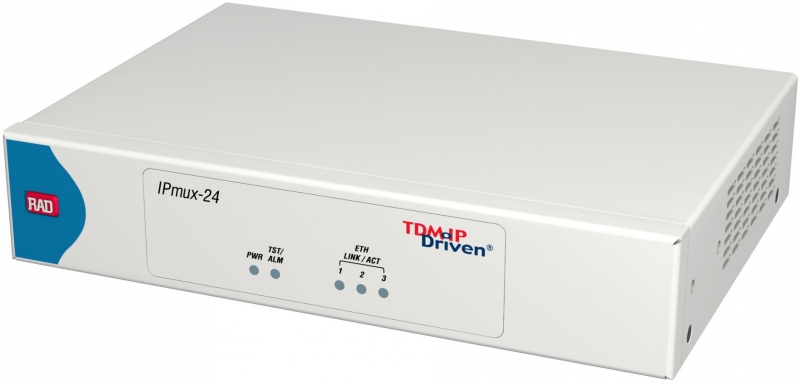
Virtuālā TDM kanāla organizēšana

Virtuālā TDM kanāla organizēšana
IPmux-24 provides legacy services over packet networks. The device converts the data stream from its user E1/T1 ports into packets for transmission over the network. These packets are transmitted
via the IPmux-24 Ethernet network port to the PSN. A remote pseudowire device converts the packets back to their original format.
IPmux-24 provides four priority queues for each port or pseudowire traffic flow. User traffic can be prioritized according to VLAN priority, DSCP, IP Precedence or per port.
Outgoing pseudowire packets are prioritized over Ethernet network by being assigned a dedicated VLAN ID (802.1q) and marked for priority using 802.1P bits.
Over IP networks, the outgoing pseudowire packets are marked for priority using DSCP, ToS, or Diffserv bits and over MPLS networks, EXP bits are assigned to a specific MPLS tunnel.
Simple Network Timing Protocol
IPmux-24 employs Simple Network Time Protocol (SNTP) for propagating and receiving time information on a network, according to SNTPv4 (RFC 4330)
requirements. SNTP is used to configure data and time by learning the information from a single or multiple SNTP servers. The clock can be configured to a local time by defining UTC and DST offsets.
Pseudowire Timing
End-to-end synchronization between circuits is maintained by deploying advanced clock recovery mechanisms. Clock recovery conforms to G.823 and G.824 traffic interface using G.8261-defined scenarios.
Advanced clock recovery conforms to G.823 synchronization interface using G.8261-defined scenarios and achieves 16 ppb clock accuracy.
The system clock ensures a single clock source for all TDM links. The system clock uses master and fallback timing sources for clock redundancy. IPmux-24 also provides system clock input and output via an optional external clock port.
IPmux-24 can be configured and monitored locally via an ASCII terminal, or remotely via Telnet/SSH, Web browser or RADview. Management traffic can run over a dedicated VLAN.
The RADview Service Center and Element Manager packages control and monitor pseudowire devices and circuits. The Service Center’s intuitive GUI, “point and-click” functionality and easy-to-follow wizards increase the efficiency and accuracy of the service provisioning process.IPmux-24 performs RADIUS client authentication. Using SSH and SSL encryption protocols allows secure communication over potentially insecure IP-based networks.
The Syslog protocol is used by IPmux-24 to generate and transport event notification messages over IP networks to the central Syslog server. The Syslog operation is compliant with the RFC 3164 requirements.
SNMPv3 support introduces a user-based security model, enhances authentication and encryption techniques, and ensures management traffic security.
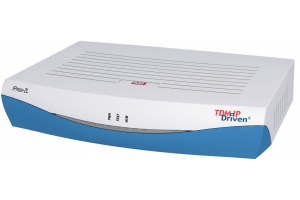
Virtuālā TDM kanāla organizēšana
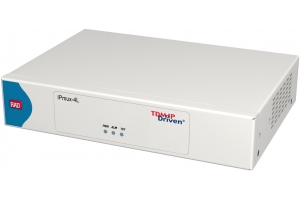
Virtuālā TDM kanāla organizēšana
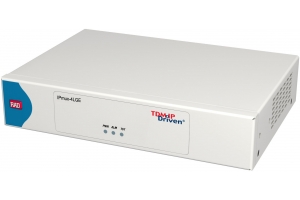
Virtuālā TDM kanāla organizēšana
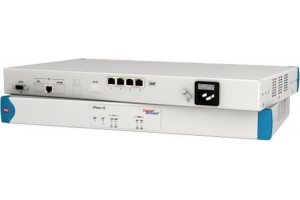
Virtuālā TDM kanāla organizēšana
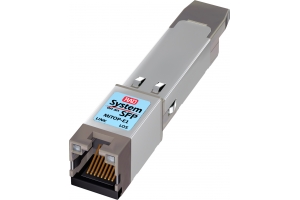
Virtuālā TDM kanāla organizēšana (SFP formāts)
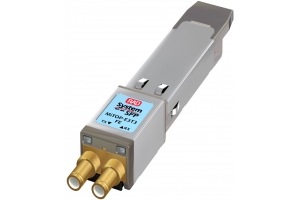
Virtuālā TDM kanāla organizēšana (SFP formāts)